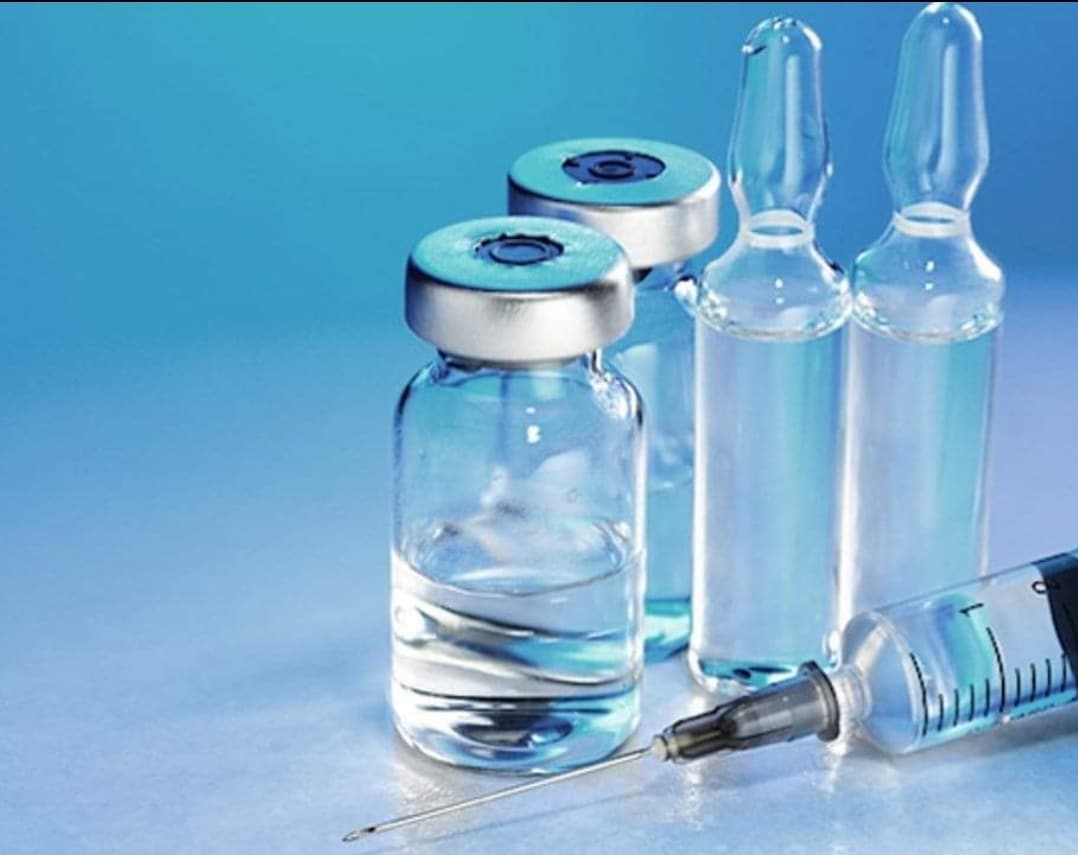USP Needle Penetration Force Testing
The USP Needle Penetration Force (NPF) Test is a critical step in ensuring the safety and efficacy of injectable and parenteral pharmaceutical products. This test evaluates the force required to penetrate various containers used for these medications, such as vials, syringes, or ampules. The primary goal is to ensure that needles can easily breach packaging without causing damage to the product inside.
The USP NPF Test aligns with United States Pharmacopeia (USP) Chapter 672, which specifies detailed requirements and procedures for this test. Compliance with these standards ensures that pharmaceutical products meet rigorous quality control measures and are safe for patient use. The test involves the use of specialized equipment designed to measure the force applied by a needle at specific penetration depths.
The procedure typically begins with selecting an appropriate needle for testing, ensuring it matches the specifications outlined in USP Chapter 672. The container under test is then positioned securely on the testing apparatus. A calibrated needle is lowered onto the container until it reaches a specified depth, and the force required to achieve this penetration is measured.
The results of these tests are crucial for several reasons. Firstly, they provide assurance that the packaging materials used in pharmaceutical products are compatible with the needles employed during administration. Secondly, consistent NPF values across different batches or suppliers indicate a well-controlled manufacturing process and reliable quality control practices.
For quality managers and compliance officers, understanding these tests is essential for ensuring product safety and regulatory compliance. Compliance officers must verify that all tests adhere to USP standards, while R&D engineers focus on optimizing the design of needles and containers based on test results. Procurement teams ensure they source materials that consistently pass NPF testing.
Test Parameters
The test parameters are meticulously defined in accordance with USP Chapter 672. These include the type of needle, the depth of penetration, and the acceptable range of force required to achieve this penetration. The needle used for testing is typically a standard hypodermic needle, and its gauge and length must comply with specified criteria.
The depth of penetration can vary depending on the container being tested; it ranges from 5 mm to 12 mm into the container wall. The force applied by the needle during this process is measured using a calibrated load cell connected to the testing apparatus. Acceptance criteria specify that the force required for penetration should fall within a certain range, typically between 0.3 N and 6.0 N.
Specimen Preparation
Proper specimen preparation is crucial for accurate test results. Containers to be tested are cleaned thoroughly to remove any contaminants that could interfere with the testing process. Vials, syringes, or ampules are filled according to standard operating procedures (SOPs) and sealed tightly before being placed on the testing apparatus.
Instrumentation
The USP NPF Test requires specialized equipment that includes a needle holder with adjustable depth settings, a load cell for force measurement, and a data acquisition system to record test results. The needle holder ensures consistent positioning of the needle relative to the container wall, while the load cell provides precise measurements of the applied force.
Reporting
The final report summarizes all relevant data from the USP NPF Test, including the type and size of the needle used, the depth of penetration, the measured force values, and whether these fall within acceptable ranges. This report serves as a critical document for quality assurance teams to review during audits or internal assessments.
Customer Impact and Satisfaction
- Patient Safety: Ensuring that needles can easily penetrate packaging without causing damage helps prevent potential contamination of the product.
- Regulatory Compliance: Meeting USP standards enhances confidence in compliance with regulatory bodies, leading to smoother market access and reduced risk of recalls.
- Consistent Quality: Reliable test results contribute to consistent quality across batches or suppliers, fostering trust among healthcare providers and patients.
Quality and Reliability Assurance
In the context of pharmaceutical testing, ensuring that injectable and parenteral products meet strict USP standards is paramount. Quality assurance teams rely heavily on tests like NPF to verify the integrity of packaging materials and needles used in administration. By adhering strictly to specified procedures and acceptance criteria, these tests contribute significantly to overall product quality and reliability.
Compliance officers play a crucial role in ensuring that all testing aligns with USP requirements. This involves not only conducting thorough internal audits but also working closely with suppliers to ensure they meet the necessary standards. For R&D engineers, the results of NPF tests provide valuable insights into optimizing product design and improving manufacturing processes.
Consistent compliance with these tests enhances customer satisfaction by ensuring that healthcare providers have confidence in the quality and safety of the products they use. This, in turn, contributes to better patient outcomes and a positive reputation for pharmaceutical companies.
Use Cases and Application Examples
The USP NPF Test is widely used across various sectors within the pharmaceutical industry. It is particularly important for manufacturers of injectable and parenteral products, including vaccines, biologics, and other medications administered via injection or infusion.
One common use case involves testing different types of vials made from varying materials such as glass or plastic. The test helps determine the optimal combination of needle and container that ensures safe and effective administration while minimizing risk to the product. Another application is in the development stages, where R&D teams use NPF results to refine designs for new products.
Example scenarios include:
- New Product Launch: Manufacturers use NPF tests early in the product lifecycle to ensure that packaging materials and needles are compatible with each other.
- Supplier Audits: Compliance officers conduct these tests as part of supplier audits to verify adherence to quality standards.
- Manufacturing Process Optimization: R&D engineers employ NPF results to improve production processes, ensuring consistent quality across batches.





